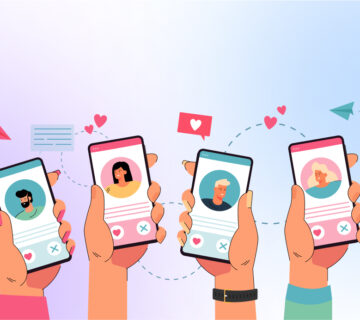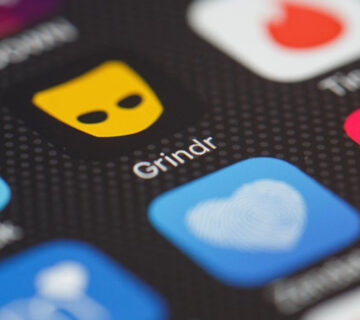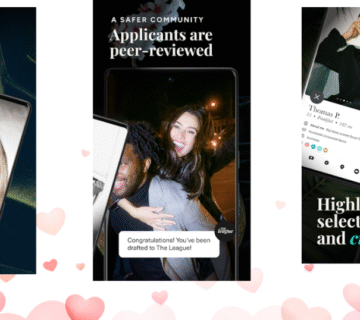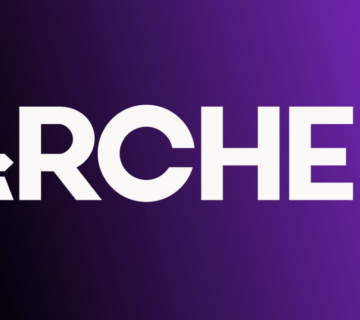The online dating industry is undergoing continuous transformation, driven by rapid technological advances, evolving user preferences, and heightened demand for personalized and safe experiences. In 2025, dating apps are no longer simple matchmaking platforms; they are sophisticated ecosystems powered by artificial intelligence, immersive multimedia, and vibrant community features.
Understanding the latest trends is crucial for entrepreneurs, developers, and marketers to build and promote dating apps that not only attract users but also sustain engagement and monetize effectively.
This article unveils the top 10 market trends reshaping dating apps in 2025, highlighting essential features and strategic approaches to embrace for success. It also explains the importance of optimizing business listings, particularly on high-authority platforms like Google My Business, to enhance your app’s discoverability and user trust.
1. AI-Enabled Matchmaking
Artificial intelligence has become the cornerstone of successful dating apps this year. AI algorithms analyze vast amounts of user data—preferences, behavioral patterns, chat sentiment—to deliver highly accurate and dynamic match suggestions. This anticipates user needs, reduces mismatches, and increases engagement.
Additionally, AI chat assistants function as dating coaches, helping users craft better messages and easing conversation starters, improving communication success rates.
2. Voice and Video-First Interactions
2025 is the year multimedia truly takes center stage in dating apps. Users increasingly prefer video calls, voice messages, and live virtual rooms, reducing the gap between digital communication and real-life meetings.
Dating apps offer integrated video date features, virtual speed dating rooms, and voice notes to enrich user connection, making interactions more authentic and reducing ghosting.
3. Enhanced Privacy and Safety Features
With growing awareness of privacy and data security, dating apps are investing heavily in:
-
Photo and video verification to eliminate fake profiles.
-
AI-powered content moderation that swiftly detects harassment or scam attempts.
-
Encrypted private messaging and anonymous browsing modes.
-
Emergency alert features for in-person meetings.
Building a safety-first reputation is vital to attract and retain users in 2025.
4. Gamification to Boost User Engagement
Inspired by Tinder’s swipe mechanic, gamified dating experiences are trending. Apps introduce quizzes, achievement badges, swipe streaks, and interactive challenges to make dating fun and habit-forming.
Gamification increases user retention and motivates frequent app visits, translating into better monetization.
5. Niche and Inclusive Dating Communities
Niche dating apps focusing on specific communities (LGBTQ+, single parents, faith-based, seniors) continue to thrive. Tailored features and communities provide safer, more relevant dating experiences.
Inclusivity in gender identities, orientations, and cultural backgrounds expands the potential user base and fosters loyalty.
6. Integration of Augmented Reality (AR) and Virtual Reality (VR)
Emerging AR and VR technologies introduce immersive dating. Users can customize avatars, visit virtual environments, and participate in social VR events, bridging the gap between online and offline dating.
Though still nascent, AR/VR integration is a strong differentiator for future-ready apps.
7. AI-Powered Moderation and User Support
AI’s role in safeguarding community standards grows. Machine learning detects toxic language, spam, and inappropriate content faster than manual moderation, enhancing user experience and safety.
AI chatbots also offer instant client support, improving responsiveness and satisfaction.
8. User-Controlled Personalization
Users in 2025 expect to customize experiences deeply. Dating apps offer granular controls over match criteria, visibility, notification preferences, and communication settings.
This empowers users, improves satisfaction, and reduces churn.
9. Location-Based, Real-Time Matching
Though location-based matching isn’t new, real-time enhancements such as “nearby now,” event-based matches, and real-time availability status create more spontaneous and relevant connections.
Apps invest in geofencing and live location tracking options with privacy safeguards.
10. Multi-Platform and Cross-Device Synchronization
Users expect seamless experiences transitioning between smartphones, tablets, and web browsers. Cross-platform functionality with cloud synchronization ensures conversations and profiles are always up-to-date.
Smooth interoperability is vital for long-term engagement.
Business Listing Optimization: Maximizing Visibility and Trust
To outshine competitors in this saturated market, dating apps must optimize high-authority business listings, especially on Google My Business (GMB). Benefits include:
-
Better local and category-specific search rankings
-
Verified information reassuring users of legitimacy
-
User reviews boosting social proof and credibility
-
Rich content (photos, posts) enhancing engagement
Optimizing GMB involves accurate biz details, regular updates, prompt review responses, and keyword-rich descriptions.
Claim and optimize at Google My Business.
Read More: Latest Trends in Dating Apps in 2025: What’s Shaping the Future of Digital Love
Conclusion: Embracing Trends for Dating App Success in 2025
Navigating and embracing these transformative trends is key for anyone developing or marketing dating apps in 2025. AI-enabled matchmaking, immersive multimedia, rigorous safety, gamification, niche communities, and AR/VR innovations shape how users connect meaningfully in the digital era.
Meanwhile, business listing optimization ensures your app gets discovered and trusted in search engines, driving organic traffic and downloads.








[…] comprehensive guide explains everything you need to know about developing a dating app in 2025 that can generate revenue and grow sustainably. It also covers how optimizing your app’s presence […]